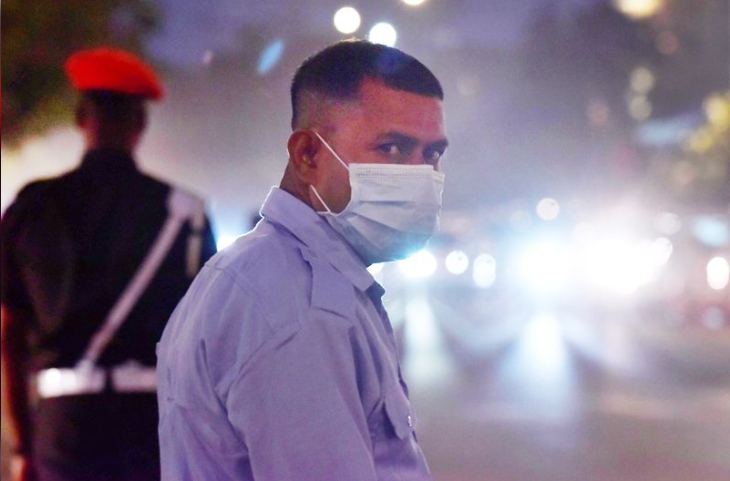SC nod to green crackers, but will it really make the national capital’s air cleaner
As Diwali approaches, the Supreme Court on Wednesday permitted the sale and bursting of National Environmental Engineering Research Institute (NEERI)-certified “green crackers” in Delhi-NCR on a “test-case basis”. Instead of a blanket ban, the court has allowed green crackers only between October 18 and 20, with bursting restricted to between 6-7 am and 8-10 pm on the eve of Diwali and Diwali day.
The SC ruled that only crackers manufactured by registered NEERI and Petroleum and Explosives Safety Organisation (PESO)-approved firms, bearing QR codes will be allowed to be sold. E-commerce sale is prohibited. The Central and State Pollution Control Boards, in consultation with the CPCB, are mandated to monitor air quality from October 14 onwards and file reports with the court.
This marks a reversal of Delhi’s ongoing firecracker ban, underlining the court’s attempt to balance tradition, industry interests and environmental health. But how meaningful is this shift — and will it translate to cleaner air or better health outcomes in a city already reeling under winter pollution?
What are green crackers? How do they differ chemically and in effect?
Green crackers are fireworks reformulated to emit fewer pollutants, especially particulate matter (PM) and gaseous byproducts. The formulations are developed by CSIR-NEERI and must meet emission and safety criteria before being cleared by the Petroleum and Explosives Safety Organisation (PESO).
Green crackers are designed to pollute less by using smaller shells, less fuel and special additives that trap dust and particles. They avoid or limit toxic metals like barium and lead, and release fewer harmful gases such as sulphur dioxide (SO2) and nitrogen oxide (NO2) compared to regular crackers.
In ideal lab conditions, green crackers are estimated to emit 30-40 per cent less PM and lower gaseous pollutants, while also capping sound levels under 120 dB.
Evidence from past experience
When regulatory bodies permitted the use of eco-friendly “green crackers” in Delhi during Diwali 2019 — restricted to a two-hour window between 8 pm and 10 pm — a 2022 joint study by Delhi Technological University and IIT-Roorkee evaluated their emissions on a residential campus.
The study found that green crackers continued to release very high concentrations of ultrafine particles, capable of penetrating deep into the lungs and posing significant health risks.
Environmental and health concerns
Sunil Dahiya, founder of environmental think-tank Envirocatalysts, said allowing the manufacturing and bursting of green crackers essentially meant legalising higher emissions during the festive season.
“Though each green cracker may emit about 30 per cent less pollution, this small benefit would likely be offset by the sheer number of crackers being burst, making the move counterproductive,” he explained.
According to him, the only positive factor this year is that Diwali falls earlier in October, when wind conditions may help disperse pollutants more effectively. However, he cautioned that it remains a “wait-and-watch” situation.
Dr Vivek Nangia, Chairman & Head, Pulmonology, Max Super Specialty Hospital, Saket, said: “Any reduction in emissions is welcome, but green crackers represent a modest improvement over conventional ones (fewer particulates, less toxic metal burden).”
“Since even residual emissions can aggravate respiratory diseases, especially in vulnerable individuals like children and the elderly, those with chronic lung disease, the benefit is limited,” he added.

